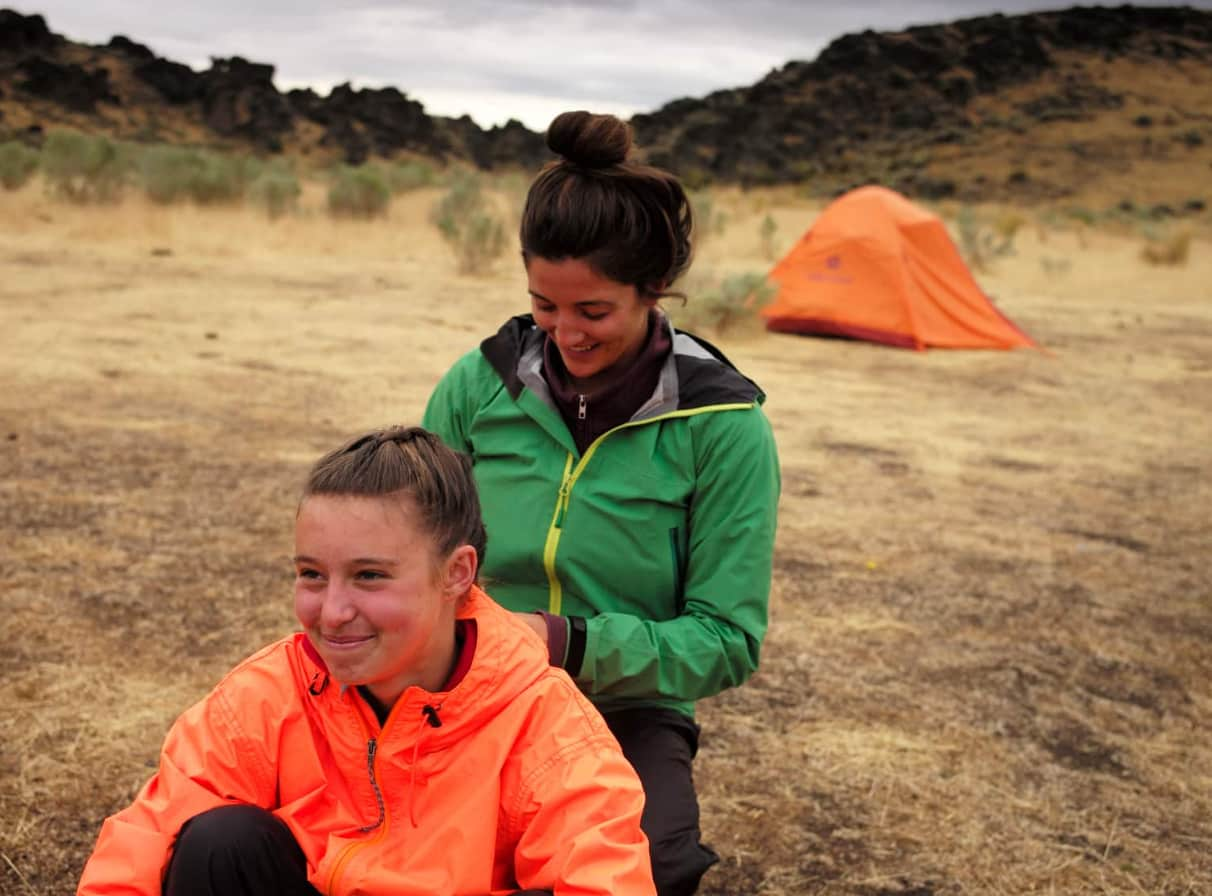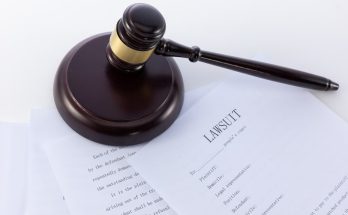Have you heard about the BlueFire Wilderness lawsuit? It’s been making waves in the news lately. This article will break down what’s going on in simple terms.
We’ll examine the claims against BlueFire, a wilderness therapy program, and what it all means.
Wilderness therapy is a type of treatment that uses outdoor activities to help young people with emotional or behavioral problems.
But what happens when things go wrong? That’s what this lawsuit is all about.
BlueFire Wilderness Lawsuit

Let’s dive in and explore the details of this case. We’ll examine who’s involved, what they say, and what might happen next.
What is BlueFire Wilderness Therapy?
Before we get into the lawsuit, let’s talk about what BlueFire Wilderness Therapy is:
- It’s a program for teens and young adults
- It combines outdoor adventures with therapy
- The goal is to help participants grow and overcome challenges
- Activities include hiking, camping, and group discussions
- Trained staff lead the programs
BlueFire says its mission is to help young people discover themselves and grow stronger. They do this by taking them out of their usual environment and into nature.
The Lawsuit: What’s It All About?
Now, let’s get to the heart of the matter. A lawsuit has been filed against BlueFire Wilderness Therapy. Here are the key points:
- Who filed it? Former participants and their families
- What are they saying? They claim BlueFire didn’t take proper care of them
- Main issues: Misconduct and negligence
Let’s break down these big words:
- Misconduct means doing something wrong or improper
- Negligence means not taking proper care in doing something
The people suing (we call them plaintiffs) say BlueFire didn’t do its job right. They claim the program put them in danger instead of helping them.
Timeline of Events
Here’s a simple timeline to help you understand how this all unfolded:
- BlueFire runs its wilderness therapy programs
- Some participants have bad experiences
- These participants and their families decide to take legal action
- They file a lawsuit against BlueFire
- BlueFire responds to the claims
- The case moves through the legal system
Right now, we’re in the middle of this process. Both sides are presenting their arguments to the court.
What Are the Specific Claims?
The lawsuit makes some serious claims. Let’s look at the main ones:
- Emotional abuse: Some say staff treated them badly
- Lack of proper care: Claims that medical needs were ignored
- Unsafe conditions: Allegations that participants were put in danger
- Inadequate staff training: Suggestions that staff weren’t prepared for emergencies
These claims paint a picture of a program that may not have been as safe or helpful as it claimed to be.
How Did This Affect Participants?
The plaintiffs say their experiences at BlueFire had big impacts on them:
- Emotional distress
- Ongoing mental health issues
- Loss of trust in therapy programs
- Feeling unsafe in outdoor settings
These effects are a big part of why they decided to sue. They want to hold BlueFire accountable for what happened to them.
What Does “Duty of Care” Mean?
You might hear the phrase “duty of care” in discussions about this lawsuit. It’s an important idea in cases like this. Here’s what it means:
- Organizations have a responsibility to keep people safe
- They must take reasonable steps to prevent harm
- This is especially important when working with young or vulnerable people
In wilderness therapy, the duty of care includes:
- Proper training for staff
- Safe equipment and activities
- Quick response to emergencies
- Appropriate medical care
- Emotional support for participants
The lawsuit claims that BlueFire failed in its duty of care. This is a key part of the case against them.
BlueFire’s Response
Of course, there are two sides to every story. Here’s how BlueFire has responded to the lawsuit:
- They deny the allegations
- BlueFire says they follow all proper safety rules
- They claim their program helps, not harms, participants
- The company says the incidents described are not typical of its program
BlueFire is defending itself against these claims. They say they run a safe and effective program that has helped many young people.
Legal Process: What’s Happening Now?
Legal cases like this can take a long time. Here’s where things stand now:
- The lawsuit has been filed
- Initial hearings have taken place
- Both sides are gathering evidence
- Lawyers are preparing their arguments
- The case may go to trial or be settled out of court
It could be months or even years before we know the outcome. Legal processes often move slowly to ensure fairness.
Impact on the Wilderness Therapy Industry
This lawsuit isn’t just about BlueFire. It could affect the whole wilderness therapy industry. Here’s how:
- Other programs might face more scrutiny
- There could be calls for stricter rules and oversight
- Parents might be more cautious about sending kids to these programs
- The industry might need to prove its methods are safe and effective
Some people in the industry are worried. Others say it’s a chance to improve and make programs safer.
What Are People Saying?
This case has gotten a lot of attention. Here’s how different groups are reacting:
Media Coverage:
- News outlets are reporting on the case
- Some stories focus on the dangers of wilderness therapy
- Others look at the potential benefits of these programs
Public Opinion:
- Some people are shocked by the allegations
- Others defend wilderness therapy as helpful
- Many are waiting for more information before judging
Social Media:
- Former participants are sharing their stories online
- Hashtags related to the case are trending
- Debates about wilderness therapy are happening on platforms like Twitter and Facebook
Expert Opinions
Experts in different fields have weighed in on this case. Here’s what some of them are saying:
Legal Experts:
- Cases like this can be hard to prove
- The outcome could set a precedent for similar lawsuits
- Both sides will need strong evidence to support their claims
Wilderness Therapy Professionals:
- Many stress the importance of safety protocols
- Some worry this case could harm the reputation of all wilderness programs
- Others see it as a chance to improve industry standards
Mental Health Experts:
- They emphasize the need for proper training in therapy programs
- Some point out the potential benefits of nature-based therapy when done right
- Others call for more research on the effectiveness of wilderness therapy
Possible Outcomes
What might happen with this lawsuit? Here are some possibilities:
- Settlement: BlueFire and the plaintiffs might agree to end the case out of court
- Court Decision: A judge or jury could decide who’s right
- Dismissal: The case could be thrown out if there’s not enough evidence
Each outcome would have different effects:
- A settlement might lead to changes in BlueFire’s practices
- A court decision could set rules for all wilderness therapy programs
- A dismissal might lead to more scrutiny of how these cases are handled
No matter what happens, this case will likely change how people view wilderness therapy.
Prevention: How Can Programs Stay Safe?
This lawsuit raises important questions about safety in wilderness therapy. Here are some steps programs can take to prevent similar issues:
- Better Training: Make sure all staff know how to handle emergencies
- Clear Rules: Set and follow strict safety guidelines
- Open Communication: Keep in touch with participants’ families
- Regular Checks: Have outside experts review the program often
- Quick Response: Address any problems or complaints right away
These steps can help make programs safer and build trust with participants and their families.
Best Practices in Wilderness Therapy
Experts say good wilderness therapy programs should:
- Have licensed mental health professionals on staff
- Use evidence-based therapy methods
- Maintain low participant-to-staff ratios
- Provide proper gear and supplies
- Have clear emergency plans
- Offer follow-up care after the program ends
Programs that follow these practices are more likely to help participants and avoid legal troubles.
What Can Parents Do?
If you’re thinking about sending your child to a wilderness therapy program, here are some tips:
- Research the program thoroughly
- Ask about their safety record
- Check for proper licenses and accreditations
- Talk to former participants if possible
- Understand what to do if there’s a problem
Your child’s safety should always come first. Don’t be afraid to ask tough questions before choosing a program.
The Bigger Picture: Therapy and Safety
This lawsuit brings up bigger questions about therapy and safety, especially for young people. It makes us think about:
- How we help people with mental health issues
- The role of nature in healing
- The balance between challenge and safety in therapy
- How do we protect vulnerable people in treatment programs
These are complex issues without easy answers. This case might help us find better ways to help people while keeping them safe.
FAQs:
Here are some common questions people have about this case:
-
1. What exactly is wilderness therapy?
Wilderness therapy is a type of treatment that uses outdoor activities and nature experiences to help people overcome personal challenges. It often involves camping, hiking, and group discussions led by trained therapists.
-
2. Is wilderness therapy safe?
When done properly, wilderness therapy can be safe and effective. However, like any outdoor activity or therapy program, there are risks involved. The safety of a program depends on its practices, staff training, and how well it follows safety guidelines.
-
3. What should I do if I had a bad experience in a wilderness therapy program?
If you’ve had a negative experience, you could:
- Talk to a trusted adult or therapist about what happened
- Contact the program to report your concerns
- Consider filing a formal complaint with the relevant authorities
- Seek legal advice if you believe your rights were violated
-
4. How can I tell if a wilderness therapy program is reputable?
Look for programs that:
- Are licensed and accredited
- Have experienced, qualified staff
- Use evidence-based therapy methods
- Have good safety records
- Are transparent about their practices
- Have positive reviews from former participants
-
5. Will this lawsuit shut down all wilderness therapy programs?
It’s unlikely that this single lawsuit will shut down the entire industry. However, it might lead to stricter regulations or changes in how these programs operate. The outcome could influence how these programs are run and overseen in the future.
More Lawsuits, You Must Explore & Learn:
- GOLO Lawsuit: Navigating the Complex World of Diet Pill Advertising
- Smoothstack Lawsuit: Unraveling the Controversies Behind the Tech Staffing Giant
- C.W. Park USC Lawsuit – All About This Legal Battle
- Ramsey Standage V Abbott Settlement – Everything You Need to Know
- Eminence Organic Skin Care Lawsuit
Conclusion:
The BlueFire Wilderness lawsuit is a complex case with no simple answers. It touches on important issues of safety, care, and responsibility in therapy programs.
As the legal process unfolds, it may change how we think about wilderness therapy and youth treatment programs in general.
No matter what happens in court, this case reminds us how important it is to keep young people safe when they’re in our care.
It challenges us to find the best ways to help people grow and heal, while always putting their well-being first.
As we wait for the outcome, it’s a chance for everyone involved in youth therapy and outdoor programs to think hard about their practices. The goal should always be to help and never to harm.
Remember, this article is for information only. If you need specific advice about therapy or legal issues, always talk to a qualified professional.



